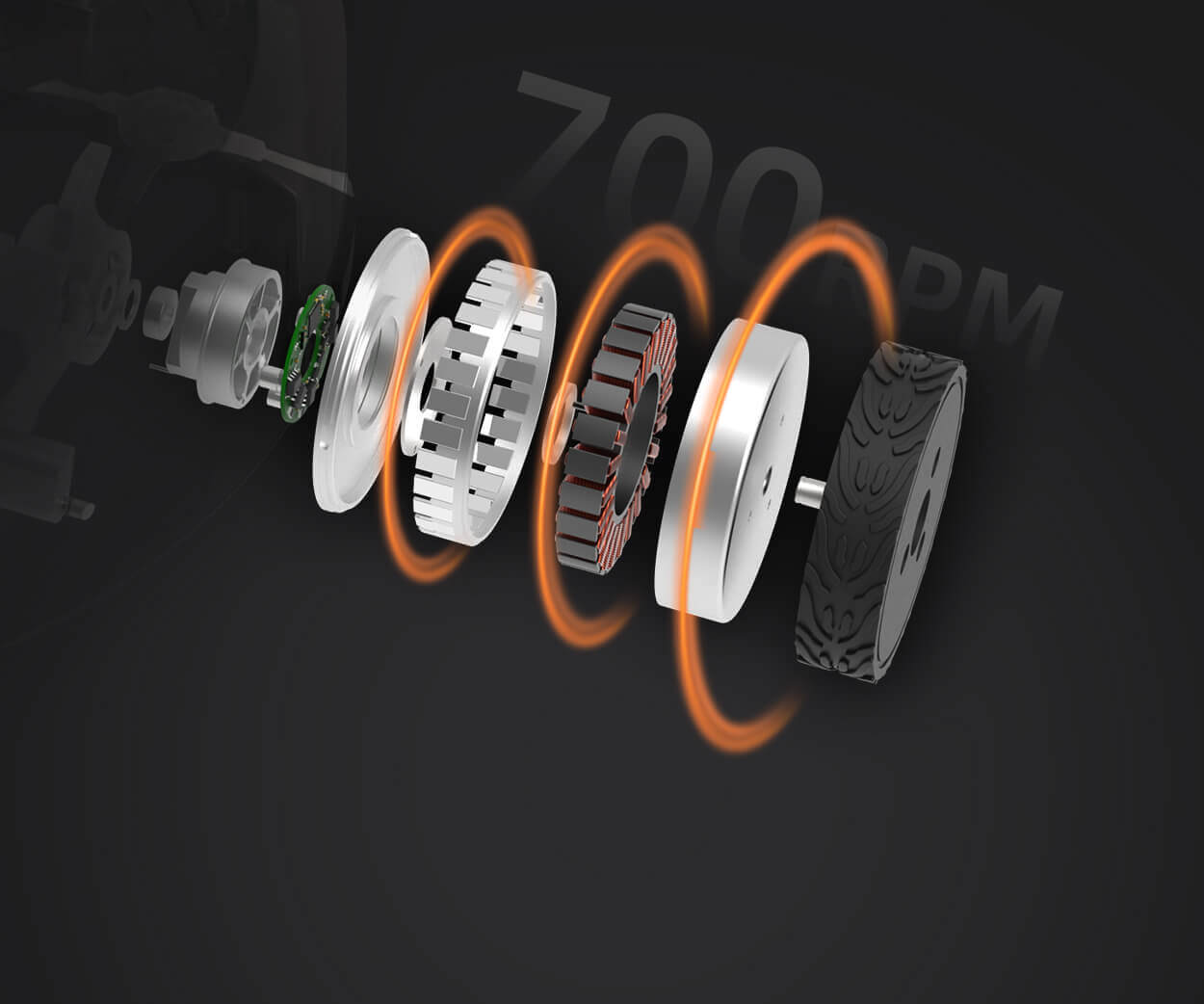Understanding Servo Motors and Their Role in Modern Technology
Imagine a world where machines work seamlessly, precision is paramount, and automation transforming industries at a staggering pace. At the heart of this revolution are servo motors—compact, yet powerful components that bring movement and control to robotic arms, CNC machines, drones, and countless other devices. Whether you're an engineer developing cutting-edge machinery or a trader navigating the complex web of international commerce, understanding the nuances of servo motors can significantly impact your operations.

What Are Servo Motors?
A servo motor is a rotary or linear actuator that allows for precise control of angular or linear position, velocity, and acceleration. Unlike standard motors that run continuously, servo motors are used in systems where controlled movement is essential. They are equipped with feedback devices like encoders or resolvers to monitor their position, enabling accurate adjustments in real-time.
Servo motors come in various types—AC, DC, brushless, and even wireless options—each suited for specific applications. Their universal ability to deliver high torque at high speeds, combined with rapid response times, makes them indispensable in robotics, aerospace, automotive manufacturing, and even hobbyist projects like remote-controlled cars.
Why Are Servo Motors Critical in Today’s Industry?
The surge in automation and intelligent systems has driven a massive demand for reliable and efficient servo motors. Industries leverage these components for:
Precision Manufacturing: Ensuring products meet strict tolerances. Robotic Automation: Powers robotic arms and automation lines in factories. Aerospace: Provides exceptional control for navigation and stabilization systems. Consumer Electronics: Drives camera focus mechanisms and gaming peripherals. Medical Devices: Powers surgical robots and diagnostic equipment.
In essence, some of the most innovative and complex systems today rely on servo motors to perform tasks with utmost accuracy and reliability.
The Global Market: An Ever-Growing Sector
The market for servo motors is booming, driven by breakthroughs in robotics, smart manufacturing, and AI integration. Countries across Asia, Europe, and North America are competing fiercely in this sector, not just in manufacturing but also in the complexities of import and export logistics. Here, understanding how these motors are classified in international trade is vital—this is where HS codes enter the picture.
Navigating the HS Code for Servo Motors and Its Importance in International Trade
When it comes to trading servo motors across borders, classification is king. Here’s where the Harmonized System (HS) codes come into play, acting as the universal language of trade. These codes facilitate clear communication between customs authorities, streamline tariffs, and ensure compliance with international standards.
What Are HS Codes?
HS codes are standardized numerical identifiers assigned to specific products and commodities. Developed and maintained by the World Customs Organization (WCO), these codes enable customs officials worldwide to recognize, categorize, and assess duties on imported and exported goods efficiently.
Each HS code is made up of six digits, with countries adding additional digits for more precise classification based on national needs. For servo motors, the correct HS code can vary depending on its type, application, and electrical specifications.
Identifying the Correct HS Code for Servo Motors
While the general category for electrical motors falls under heading 85.01 to 85.07 in the HS system, servo motors often have their specific subcategories due to their unique functions and features. For example:
HS Code 8501: Electric motors and generators (not such as those for electric vehicles) HS Code 8501.40: Other electrical motors and generators HS Code 8501.31: Synchronous motors with an output exceeding 75 kW
For servo motors specifically, many countries classify them under subheading 8501.31 or 8501.39, depending on their specifications and intended use. Custom tariffs and import restrictions can differ, so precise identification based on product datasheets is essential.
Why is Accurate HS Code Classification Important?
Misclassification can lead to delays, additional tariffs, or even legal issues. Accurate classification ensures:
Clear Customs Clearance: Less chance of shipment hold-ups. Correct Tariffs and Taxes: Avoid overpaying or underpaying. Trade Compliance: Meet international standards and avoid penalties. Data Access: Better market and trade data analysis for strategic decisions.
Challenges in Classifying Servo Motors
Given the diversity of servo motors—ranging from small hobby-grade units to industrial-grade systems—deciding on the exact HS code isn’t always straightforward. Factors like voltage, power capacity, motor type (brushless, AC, DC), and application influence classification.
Manufacturers and traders should consult customs authorities or hire customs brokers for precise classification, especially if their products are exported in large volumes or to multiple jurisdictions.
Additional Considerations in International Trade
Beyond HS codes, other regulatory aspects such as certifications, safety standards, and environmental compliance (like RoHS or REACH) also influence how servo motors are traded across borders. Being proactive in acquiring necessary certifications can smoothen the import/export process.
Furthermore, digital trade platforms and customs declaration software increasingly integrate HS coding databases, making classification easier and more accurate if used correctly.
The Future of HS Codes and the Market Dynamics
With rapid technological advancements, new types of servo motors and related components are continuously emerging. As a response, the WCO periodically updates and refines HS classifications to accommodate innovation. Staying informed about these updates can provide companies with competitive advantages, reducing supply chain ambiguities.
In conclusion, whether you’re developing cutting-edge automation systems or navigating the complex world of international trade, understanding the ins and outs of servo motors and their HS codes isn’t just a bureaucratic necessity—it’s a strategic advantage. The key lies in precise identification, compliance, and staying abreast of evolving classifications to ensure your operations remain smooth and profitable.
Eager to explore more about the latest trends or specific HS codes? Share your thoughts or questions, and let’s dive deeper into this fascinating nexus of technology and global commerce.
Kpower has delivered professional drive system solutions to over 500 enterprise clients globally with products covering various fields such as Smart Home Systems, Automatic Electronics, Robotics, Precision Agriculture, Drones, and Industrial Automation.




































